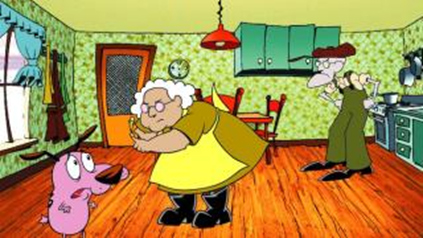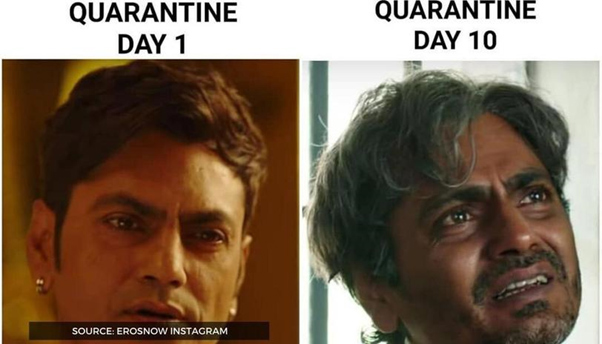The underbellies of the internet are frequently visited by anonymous users. Faceless hands slide over the glowing screen looking for leftover movies in the torrent sites. The site reports that its algorithm has witnessed a steady rise in search of movies dealing with virus outbreaks, disasters, and apocalypse. Like a stoic wanderer, the heartless machine language tempts the faceless man with a form of entertainment that can momentarily arrest his imagination. His fear finds resonance within the limited product that is the film. Only, this time it promises something elusive.
Why A Sudden Popularity of Disaster Movies?
The anxious inert existence within the four walls of our quarantined pockets breeds monotony. Any presence of hope threatens to give way to resignation. The movie intervenes to put an end to such a process. It transforms the paranoia of an endless pandemic within a 2.5 hours timespan. It is hardly surprising that people are drawn towards these types of films during these times.
Moreover, these movies transform the audience into passive observers, outside the scope of the disaster. He can witness it, feel the moist breath of immanent death over his shoulders, yet he remains beyond the grasp of such an apocalyptic event. He reclines back on his chair, lets out a sigh of relief, and declares – “thank god! My situation is better than this”.
How does Art do then?
Over the years, while writing an essay for college, or school, everyone has expressed this notion that art reflects life. However, literature dealing with disaster is the opposite. It preserves life, by capturing the inevitability of death. Literature becomes the candle that consumes itself, to offer a ray of light to its perceiver. He feels after going through it – “Phew! I am certainly doing better . . .”
It is infinitely mysterious to ever wonder how a despairing thought that germinates from the mind, is essentially an effort to preserve life. Perhaps, ‘disaster literature’ then symbolizes the life force that man always struggles to find.

Fig. 1
Then, who is the Artist?
The artist then becomes the trickster, a suave conman, hell bent on deceiving his readers. He tries his best to delay the threat of reality. He is the superhero who tries to save his city, even though he is aware that everything is destined to end at some point in time. Unsurprisingly, Henri Matisse had said, “Creativity takes courage”.
It requires immense bravery to lie in order to comfort others, even in the face of certain doom. Artists working on themes such as apocalypse are, therefore, guardians of the societies in fear. They are aware that perhaps they cannot do anything to change the actual societal problems. They cannot go from door to door to provide everyday necessities to families in need. But what they can do, they do – they manufacture hope. As Rancho says in “Three Idiots” – “All is well” – saying such a slogan does not delay or reduce the problem, but it supplies the strength needed to face it, and perhaps overcome it.

Fig. 2
An Artists’ Rendition of Doctors as Superheroes
Doctors are being hailed as the contemporary superheroes in this battle against Covid 19 and quite rightly so. But my point is, Artists (not everyone who writes is an artist by the way) being the prophetic beings that they are has commented on this issue much earlier. It did not take the pandemic to arrive at our doorstep, for the artists, to appreciate the superpowers of the ‘healers’. Let me give you an example! I am a member of the ‘www’ generation – in other words, we are a generation thriving on webinars, web series and worry.

Fig. 3
Some years back, I was an ardent follower of the “House M.D.” series created by David Shore. Dr. Gregory House is a genius investigator of unique ailments of the human body – in other words, as he is popularly known across the internet, he is the medical equivalent of Sherlock Holmes. In one episode, titled, “A Pox in our House”, a seemingly unknown pox infects human beings after a jar obtained from a shipwreck is accidentally broken. People fear that some unknown medieval disease is running rampant across the American soil. However, Doctor House wears his superhero costume, jumps right into the heart of a deadly quarantined chamber, and identifies the disease-causing bacteria to save the day.

Fig. 4
Summing Up
The ‘apocalyptic and disaster’ genre serves a purpose that can be called cathartic in the Aristotelian terms. Artists are the healers of the soul; they construct an alternate reality that sucks us out of our despairing present reality. Momentarily, we come out quite willingly of the self-imposed quarantine of fear and hopelessness. We start to believe, that someday our reality too shall reach a resolution, a happy ending. Death is not the end, because as the saying goes –

Fig. 5






